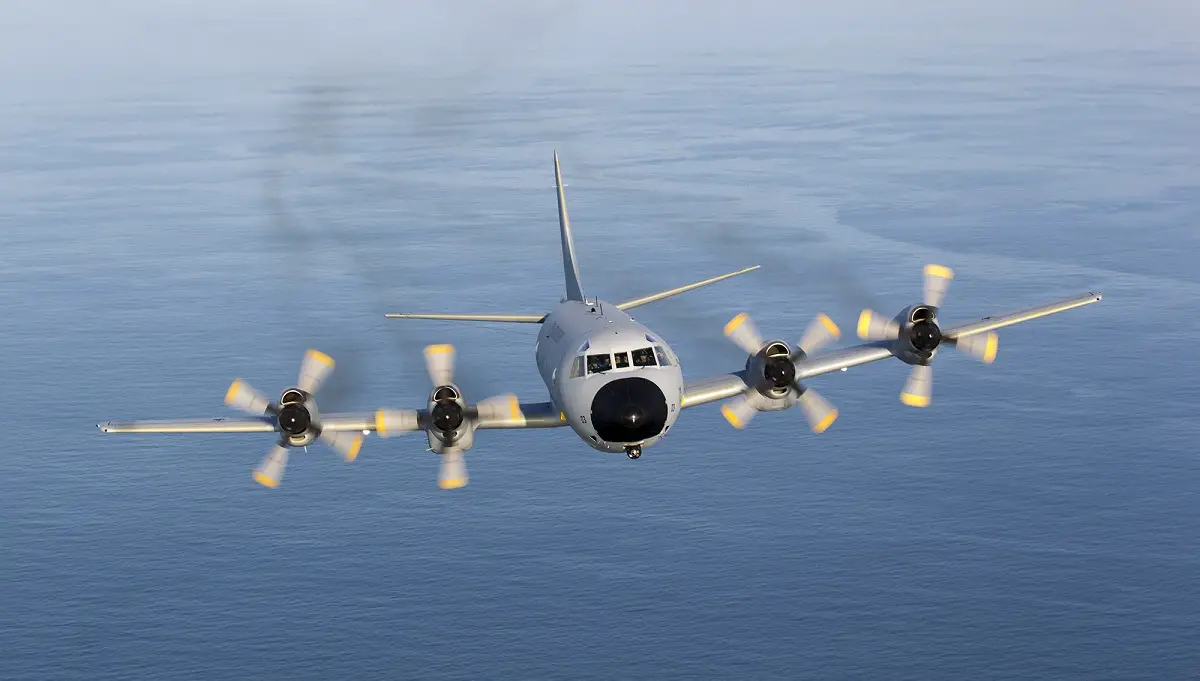The Brazilian Air Force has taken a significant step towards enhancing its maritime patrol capabilities with the successful flight of the first re-winged Lockheed P-3AM Orion on 2 May. The service announced this milestone on 13 May, marking a crucial advancement in the fleet’s readiness. The extensive rebuild involved replacing several critical elements of the aircraft’s wing structure. These replacements included the top coverings, front and rear spars, as well as the upper panels of the central wing and fuselage structures, ensuring the longevity and operational efficiency of the aircraft.
Akaer, a Brazilian aerospace manufacturer, has already delivered two additional sets of wings, which are currently being installed on two more P-3AM aircraft at the Galeão Aeronautical Material Park. This project, scheduled for completion in October 2024, aims to significantly bolster the operational readiness of Brazil’s maritime patrol fleet. However, it remains unclear if further upgrades are planned beyond these three aircraft. The contract for rebuilding the main wings of three P-3AM Orions was awarded to Akaer on 25 October 2018. Brazil initially acquired nine P-3AMs between 2011 and 2014.

These aircraft are equipped with advanced systems including the Elta Systems EL/M-2022A(V)3 radar, Teledyne FLIR Star Safire II imager, Airbus FITS mission system, and the SAES SPAS-32 sonobuoy processing system. Additionally, the P-3AMs are capable of carrying a range of armaments such as the Boeing AGM-84L Harpoon anti-ship missile, RTX MK 46 Mod 5 torpedo, 500 lb general-purpose bombs, and sea mines. This enhancement project reflects Brazil’s commitment to maintaining a robust and capable maritime patrol fleet, crucial for national defense and regional security operations.
The Lockheed P-3 Orion is a four-engined, turboprop anti-submarine and maritime surveillance aircraft developed for the United States Navy and introduced in the 1960s. Lockheed based it on the L-188 Electra commercial airliner; it is easily distinguished from the Electra by its distinctive tail stinger or “MAD” boom, used for the magnetic anomaly detection (MAD) of submarines. Over the years, the P-3 has seen numerous design developments, most notably in its electronics packages. Numerous navies and air forces around the world continue to use the type primarily for maritime patrol, reconnaissance, anti-surface warfare and anti-submarine warfare.















